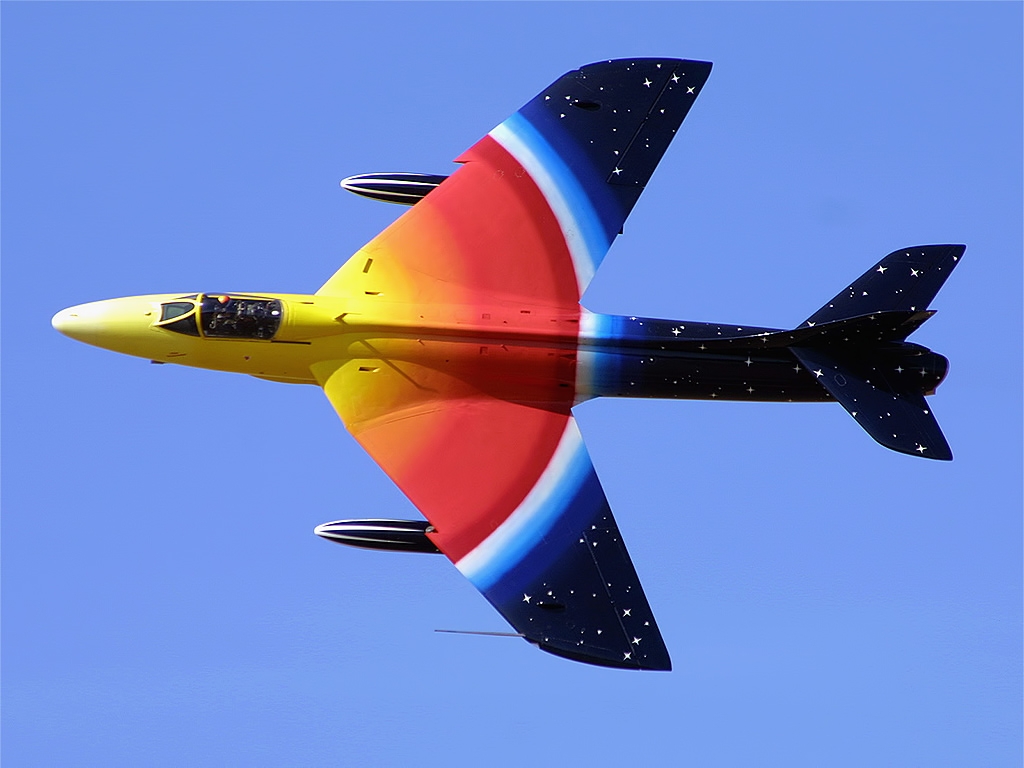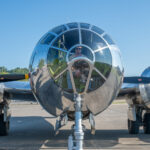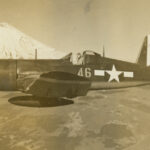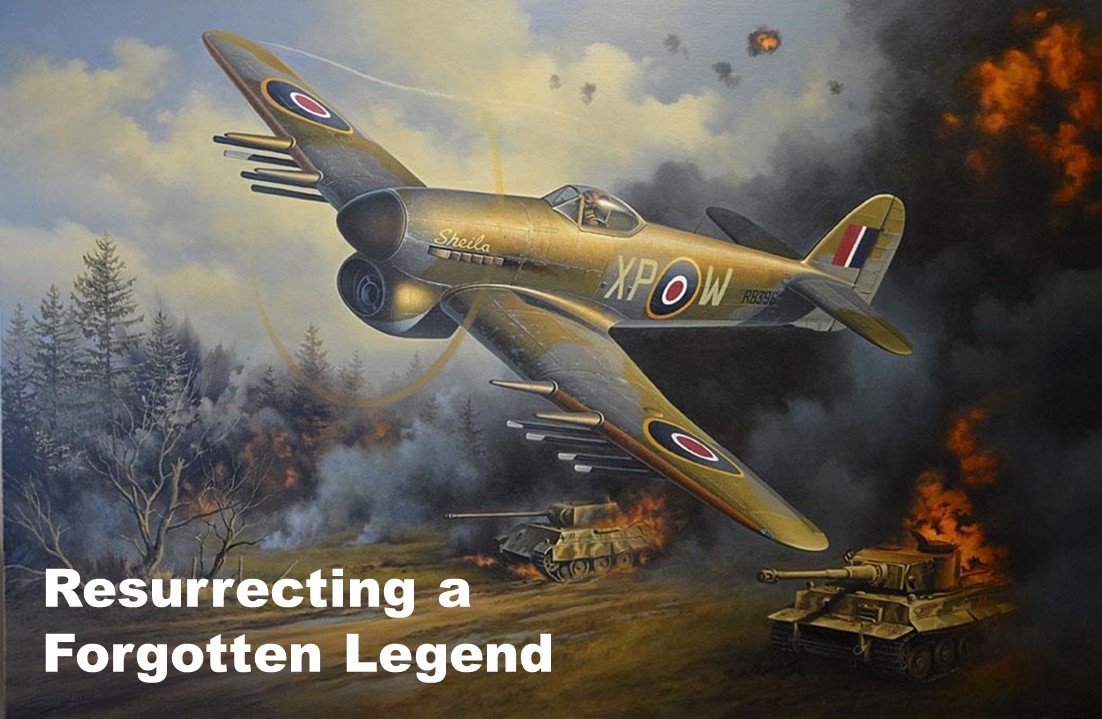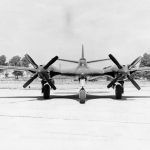“Vintage Aviation News staff did not write this article; the content comes via our partners who wish to help support our website.”
From the first flight of the Wright brothers in 1903 to the sophisticated jet fighters of today, aviation has revolutionized the way humanity interacts with the skies. One of the most significant arenas where the impact of aviation is felt most strongly is in the military. Military aviation has not only changed the dynamics of warfare but also has influenced geopolitical strategies and international relations. Just as games of chance have evolved and found new audiences through platforms like top Australian online casino, military aviation too has seen its tactics, technology, and purpose evolve over time.
Birth of Military Aviation
The inception of military aviation can be traced back to World War I. Initially, planes were primarily used for reconnaissance, helping armies gather intelligence about enemy positions. However, as the war progressed, the potential of aerial combat and bombing became evident. The early fighters, armed with machine guns and rudimentary bomb systems, brought a new dimension to warfare, allowing armies to strike behind enemy lines and adding a layer of aerial defense.
World War II: The Game Changer
If World War I introduced the world to the possibilities of military aviation, World War II solidified its importance. With the development of faster, more maneuverable fighters, and the introduction of heavy bombers, air superiority became a critical aspect of military strategy. The bombing campaigns over Europe, including the Blitz over Britain and the Allied bombing of Germany, showcased the destructive potential of military aviation. Furthermore, the use of aircraft carriers allowed for global reach, with battles like Midway underscoring the strategic importance of naval aviation.
Jet Age and Beyond
The post-WWII era saw the dawn of the jet age. With the advent of jet propulsion, aircraft became faster, reaching supersonic speeds. This evolution in speed and agility led to the development of air-to-air missiles and advanced radar systems, shifting aerial combat dynamics. The Cold War era saw the development of strategic bombers capable of carrying nuclear payloads, emphasizing the deterrent role of military aviation.
Modern conflicts have seen the rise of unmanned aerial vehicles (UAVs) or drones. These remotely piloted systems can conduct surveillance, reconnaissance, and even precision strikes without risking a pilot.
Military Aviation and Geopolitics
Military aviation has played a pivotal role in shaping geopolitics. The ability to project power through aerial dominance or strategic bombing has influenced international relations, treaties, and alliances. The Cuban Missile Crisis, for instance, was intensified by U2 reconnaissance flights discovering missile sites. The establishment of no-fly zones, air patrols, and recent skirmishes involving air forces are testimony to the ongoing significance of military aviation in geopolitical strategies.
Parallel Evolution: From Military Aviation to Online Platforms
Just as military aviation has seen remarkable progress over the decades, other sectors have witnessed similar evolution. Traditional games found a new life online, reaching global audiences, introducing new game mechanics, and revolutionizing user experiences. Similar to how military aviation adopted new technologies and strategies to stay ahead, online platforms too have embraced innovations for better user engagement. These innovations are often highlighted on an author page, showcasing the creators’ contributions to the digital landscape.
In conclusion, the trajectory of military aviation from rudimentary biplanes to stealth fighters and drones is a testament to human ingenuity and adaptability. Each era brought forth challenges, and with them, technological advancements that forever changed the face of aerial warfare. As the future unfolds, one can only anticipate the new horizons both military aviation and digital platforms will explore.
“Vintage Aviation News staff did not write this article; the content comes via our partners who wish to help support our website.”







